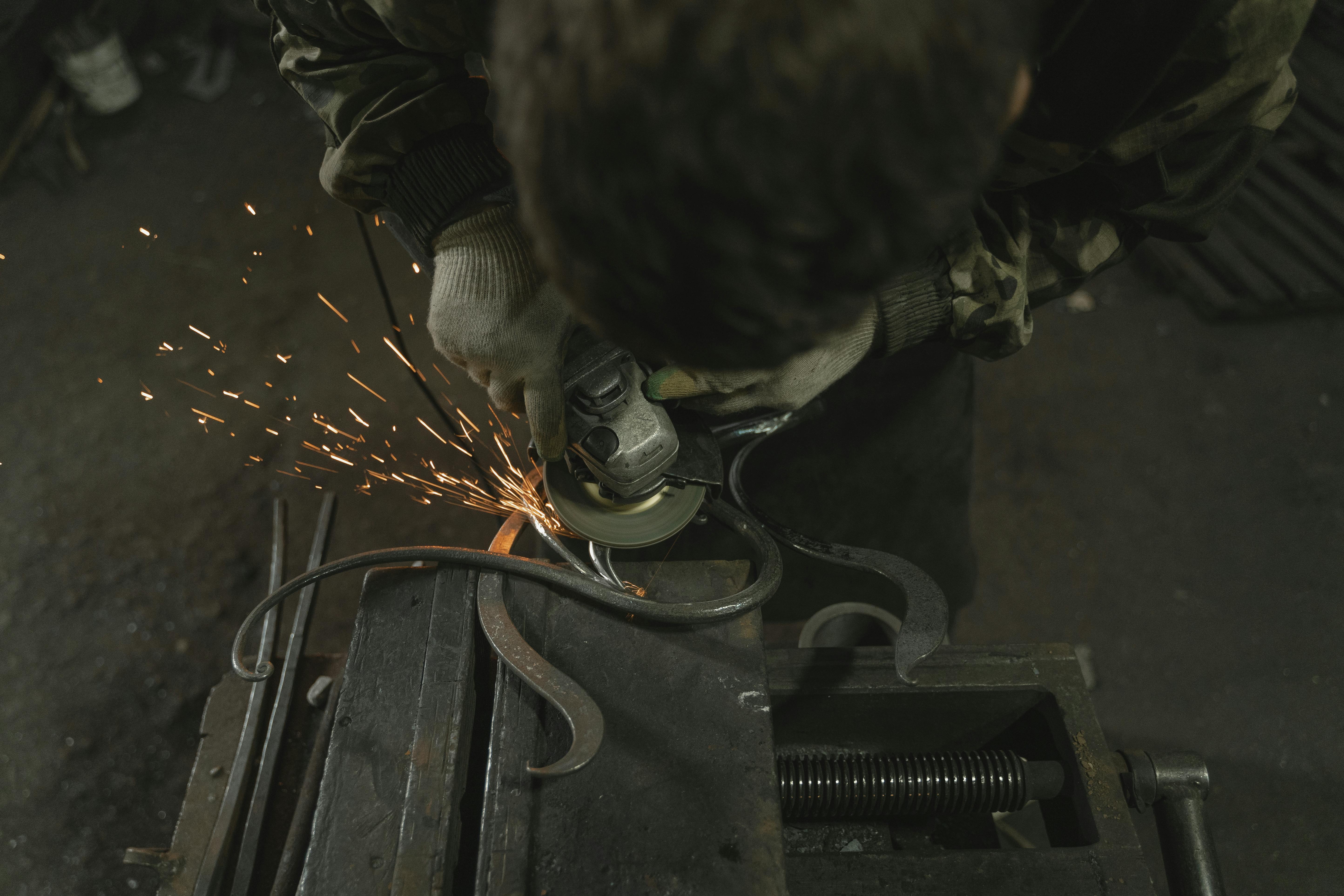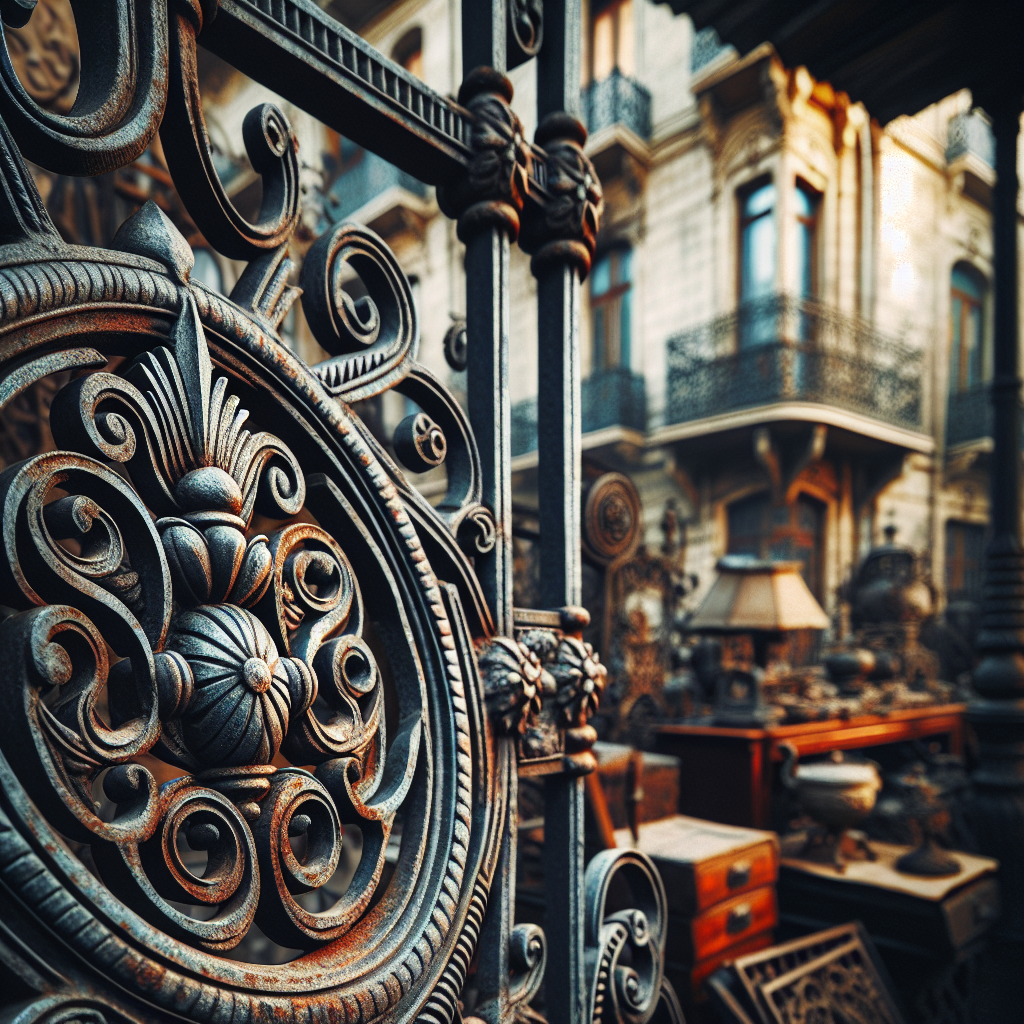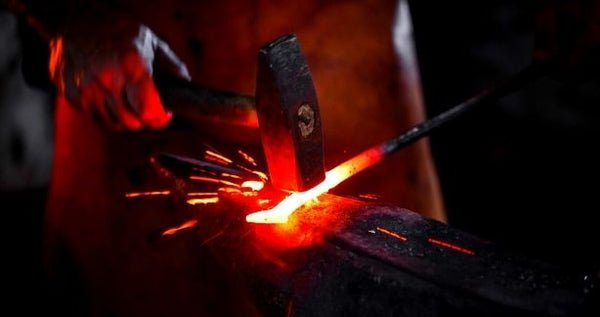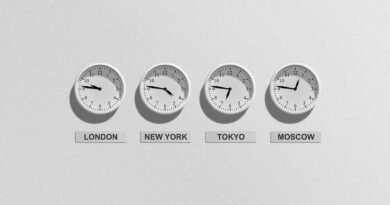Wrought Iron
You’re about to embark on a journey across the globe, exploring lush landscapes and vibrant cities. This time, you’ll come across an intriguing material used universally in many cultures – wrought iron. Used in everything from intricate door handles to towering gates that guard the world’s most treasured sites, this versatile iron alloy is truly a sight to behold. Your adventurous spirit will be ignited as you discover its uses and influence in architectural landmarks, design aesthetics, and even art pieces throughout history. Prepare for a fascinating expedition in the world of wrought iron, where tradition meets innovation and creativity knows no bounds.

Overview of Wrought Iron
Let’s talk about wrought iron! You’ve undoubtedly seen it or heard of it, but what exactly is it?
Definition of Wrought Iron
At the most basic level, wrought iron is an iron alloy with a very low carbon content, which is what distinguishes it from something like cast iron. The term ‘wrought’ actually means ‘worked’, which makes sense when you understand that wrought iron is named for the way it’s made – by working the metal.
Historical Significance
History has a way of elevating the everyday and the mundane, and wrought iron is no exception. Wrought iron has been used by humans for thousands of years and was the most common form of malleable iron until the development of steel-making processes in the late 19th century. It was a favorite material during the Industrial Revolution and can be seen in many historic structures around the world.
Distinguishing Features
What makes wrought iron special? Its most distinguishing feature is its grain structure – it has a fibrous appearance that’s due to the presence of slag inclusions (residual by-products from the production process). This gives the metal a unique aesthetic that’s sought after by designers and architects.
Production Process of Wrought Iron
Getting into the nitty-gritty now!
Methods of Production
Historically, the primary method of producing wrought iron was through a charcoal fire – a process known as puddling. Modern methods, on the other hand, use an electric arc furnace or induction furnace.
Materials Used
The materials needed to produce wrought iron are relatively simple – iron ore, limestone and charcoal (or another form of carbon).
Production Period
The production period for wrought iron can vary, depending on the method used. Traditional methods, like puddling, can be time-consuming and labor-intensive, while more modern methods using high-tech machinery can speed up the process significantly.
Properties of Wrought Iron
What makes wrought iron, well, wrought iron?
Physical Properties
Physically, wrought iron is known for its incredible strength, malleability, and ductility – meaning it can be bent, twisted, or otherwise worked without breaking. It’s also notable for its corrosion resistance, particularly when compared to steel.
Chemical Composition
Chemically speaking, wrought iron is primarily composed of iron, with a small amount of slag (1–2%) and even less carbon (less than 0.08%).
Crystalline Structure
Under the microscope, wrought iron’s crystalline structure is revealed. This structure, resulting from the slow cooling process, is primarily ferrite and pearlite with slag inclusions. The inclusions give the metal its unique grainy appearance and contribute to its strength and toughness.
Types of Wrought Iron
Different strokes for different folks, even with wrought iron.
Charcoal Iron
Charcoal iron is a type of wrought iron made using charcoal as the carbon source. It’s prized for its purity and has been used to make things like the iconic Eiffel Tower in Paris.
Puddled Iron
Puddled iron is produced using the puddling process, where molten pig iron is manually stirred in a reverberatory furnace, causing it to lose its carbon content and become wrought iron.
Slag-Free Iron
Slag-free iron, as the name suggests, is wrought iron without the characteristic slag inclusions. It’s less common but does offer a smoother finish.

Applications of Wrought Iron
What can you do with wrought iron? Quite a bit, actually.
Use in Construction
Historically, wrought iron was heavily used in construction – from bridges to railways to buildings.
Use in Interior Design
In the realm of interior design, wrought iron is especially popular for its aesthetic appeal. It’s often used for furniture, railings, and other decorative features.
Use in Metal Artwork
Artistry meets metallurgy with wrought iron. Its malleability makes it a popular material for metal artwork.
Use in Security Structures
Strength, durability, and beauty? It’s no wonder wrought iron is a choice material for security structures like gates and fences.
Advantages of Wrought Iron
Now, why should you choose wrought iron?
Strength and Durability
First up, wrought iron is incredibly strong and durable. It’s resistant to warping, bending, and breaking – qualities that are vital in construction and similar applications.
Craftsmanship
Thanks to its workability, wrought iron allows for a higher level of craftsmanship than many other metals. From intricate scrollwork to stylized representations, the possibilities are vast.
Variations in Design
The versatility of wrought iron enables a multitude of design possibilities. Whether it’s a sleek Modernist look or a classic Victorian vibe, wrought iron can do it all.

Disadvantages of Wrought Iron
Everything has its downsides, and wrought iron is no exception.
Corrosion
While wrought iron is more resistant to corrosion than many metals, it’s not entirely immune. Over time, it can corrode, especially if not properly maintained.
Weight
Wrought iron is heavy – really heavy. This can make it challenging to install and limits its use in certain applications.
Cost
Creating wrought iron is a labor-intensive process, and that’s reflected in the price. Wrought iron tends to be more expensive than other materials like steel.
Maintenance of Wrought Iron
To get the best out of your wrought iron, maintenance is key.
Cleaning and Polishing
Regular cleaning and polishing can help maintain the look of wrought iron and prevent rusting.
Rust Removal
If rust does occur, it’s important to address it promptly. This typically includes using a wire brush to remove rust and applying a rust-inhibiting primer.
Preservation Methods
Sealing and painting wrought iron can also go a long way in preserving it and protecting it from the elements.

Wrought Iron vs Other Metals
How does wrought iron stack up against other metals?
Comparison with Steel
Compared to steel, wrought iron is less brittle and more resistant to corrosion. However, it’s also less strong and more expensive.
Comparison with Cast Iron
Compared to cast iron, wrought iron is more malleable and less brittle, but also less hard and more expensive.
Comparison with Aluminum
Wrought iron is considerably stronger and more durable than aluminum but also heavier and more difficult to work with.
Wrought Iron Around the World
Wrought iron isn’t just a material – it’s a piece of history and culture.
Use of Wrought Iron in Architecture
From the Eiffel Tower to the Iron Bridge in England, wrought iron has left its mark on architecture worldwide.
Cultural Significance
Wrought iron has cultural import too – blacksmithing, a key part of its production, is a cherished tradition in many cultures.
Famous Wrought Iron Structures
It makes a statement! Some of the world’s most iconic structures, like San Francisco’s Golden Gate Bridge and Philadelphia’s Benjamin Franklin Bridge, were made with cast iron.
In sum, wrought iron lends itself to a multitude of uses, thanks in part to its unique properties and characteristics. Whether it’s used to craft an ornate gate or spectacular architectural marvel, it certainly leaves its mark. Nonetheless, like any other material, it has its share of pros and cons. Its charm, though, undeniably lies in its blend of strength, durability, and timeless beauty.


